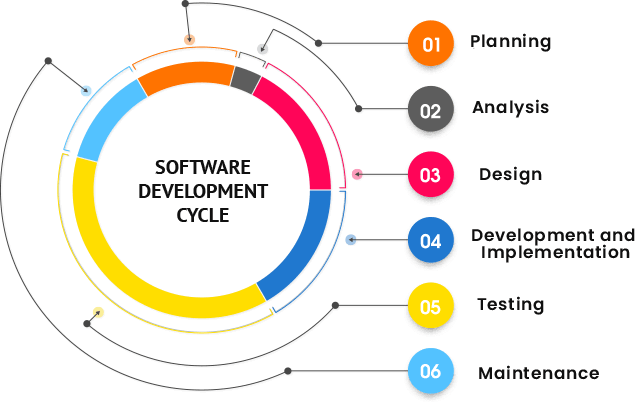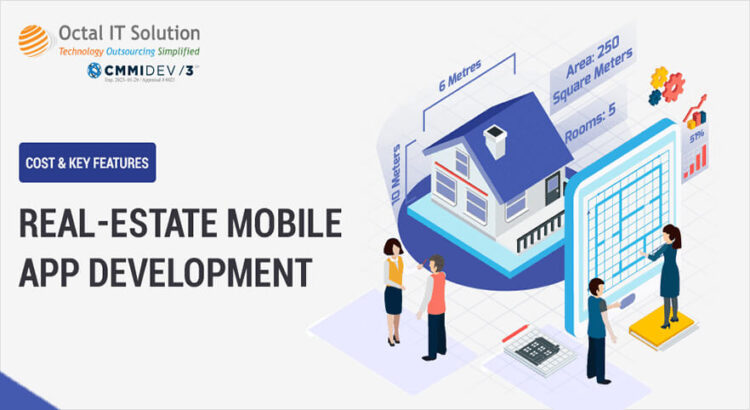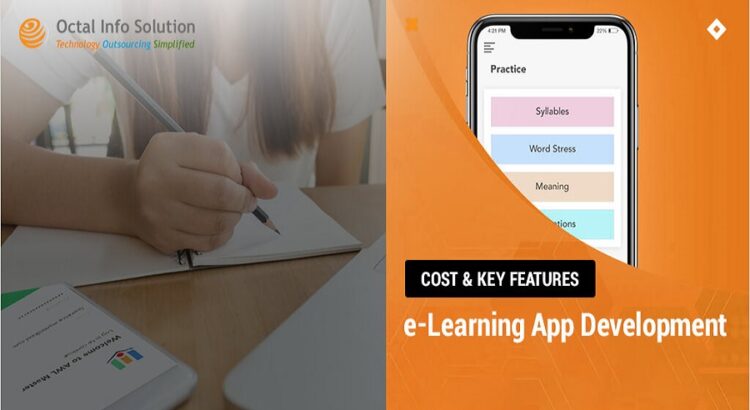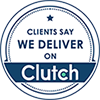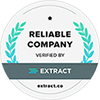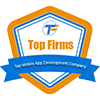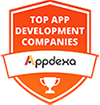When a company decides to introduce a new software product or solution for its business, important factors are often overlooked, seriously affecting the reduction of the total cost of its implementation.
The so-called TCO (Total Cost of Ownership), or in other words the total cost of ownership for business software, must include the indirect costs throughout its life cycle if you want your assessment to be realistic. In this article, we will show you which points you should not miss when calculating its final price.
Whether you choose to rely on cloud-based software (such as Nextcloud or Salesforce), standardized software (such as Microsoft Office, for example), or tailor-made software for your business to properly calculate your return on investment (ROI), the following important factors around the costs associated with this endeavor should not be missing from your assessment.
Starting costs:
If you are about to invest in a new software product, you should first consider the real cost of it. They include both development costs, licensing, and all those related to the financing of the whole process.
The main factor for the accurate assessment is the installation and implementation costs.
In case your business needs an individual solution for the purposes of your business, you should not forget those costs related to the configuration, testing, and individual setup of solutions for archiving your data and their recovery in case of a problem.
Depending on the requirements for connecting the new software to be implemented with other software systems already available in your company, to external ones, you should also expect costs for the development of the necessary different interfaces (so-called interface programming).
What is often forgotten in the evaluation process is the cost of the hardware itself. With the exception of cloud-based, drove to the software necessary servers and adjoining solutions for data storage, as already mentioned such a data backup, and their recovery.
In case the software you have chosen is to be implemented locally, you should not forget the employees and the training required for them, training – from the end-user to the system administrator – to use the new solution in the best possible way.
If you rely on a standardized solution, it is often necessary to adapt them to the needs specific to the way of working. The cost of such adaptations should also be taken into account – especially in cases where the customizations made are lost after an incorrectly applied/implemented update, or stop working properly.
If you made the necessary adaptations lead to preventing the proper functioning of the system installation improvements (Updates) and Patches (Patches) by the manufacturer itself, this may be a new reason leading to additional (and initially hidden) costs. Costs especially necessary when the resulting vulnerabilities are used by hackers and malware to compromise your data and/or cause a crash in your system.
Running costs:
In order to correctly calculate the return on your investment in software, you should not forget about the current costs associated with it.
Whether it is standardized or cloud-based software, this is most often the usual cost of licensing. Along with them, those related to their own, external-hosted Data-center, hardware required for the software to work properly.
Costs and deductions for capital invested in standardized or customized software also fall into the category of easily calculable but often forgotten software costs.
The turnover of employees, the expansion of the company’s activities, but also significant changes in the functionality of the already applied software, are often related to the need for new investment in training, which, despite their more difficult assessment, must also be calculated. In this line of thinking, it is often forgotten that even well-trained end-users need support from the Helpdesk and/or system administrators. If you have your own team of developers and analysts to participate in the optimization of your system, then do not forget to include the cost of these employees, but and for their administration in TCO calculations.
Maintenance and upgrade costs are often also significant. Standardized software ensures that you receive all the latest fixes and upgrades and that your software continues to meet common security and compatibility standards. The costs of this item may amount to up to a quarter of the initial acquisition costs. The use of an individualized one does not preclude its maintenance. You should expect that the maintenance costs over the life of the software product will exceed the initial development costs, especially if you include the creation of future versions and improvements.
Do you use software that is visible outside of the corporate firewall, then the security they require, should also be specific. Their costs, among those providing continuous availability to the system and plans to recover the data in case a problem should also be calculated. These include both periodic reviews and data backups and the availability of backup mechanisms/servers in case of failure.
Decommissioning costs:
In case the software is outdated, then you should not forget that its decommissioning also costs money, which you should calculate to its final price. Often, migrating old data can be quite expensive, so in such cases it is better to let the old system run in parallel with the new one, reconfiguring it to work in a mode that allows access to the old data, but not change/input of new. In the case of migration, exporting your current databases in a format that is easy to import into the new system is often a process that involves high unexpected costs – especially if the solution requires additional intervention from a development team.
Last but not least, you should not forget the costs associated with disposing of your old hardware. Remember that according to the European General Data Protection Regulation(GDPR), all storage media should be legally removed – a pen in the cost column, which is often neglected.



